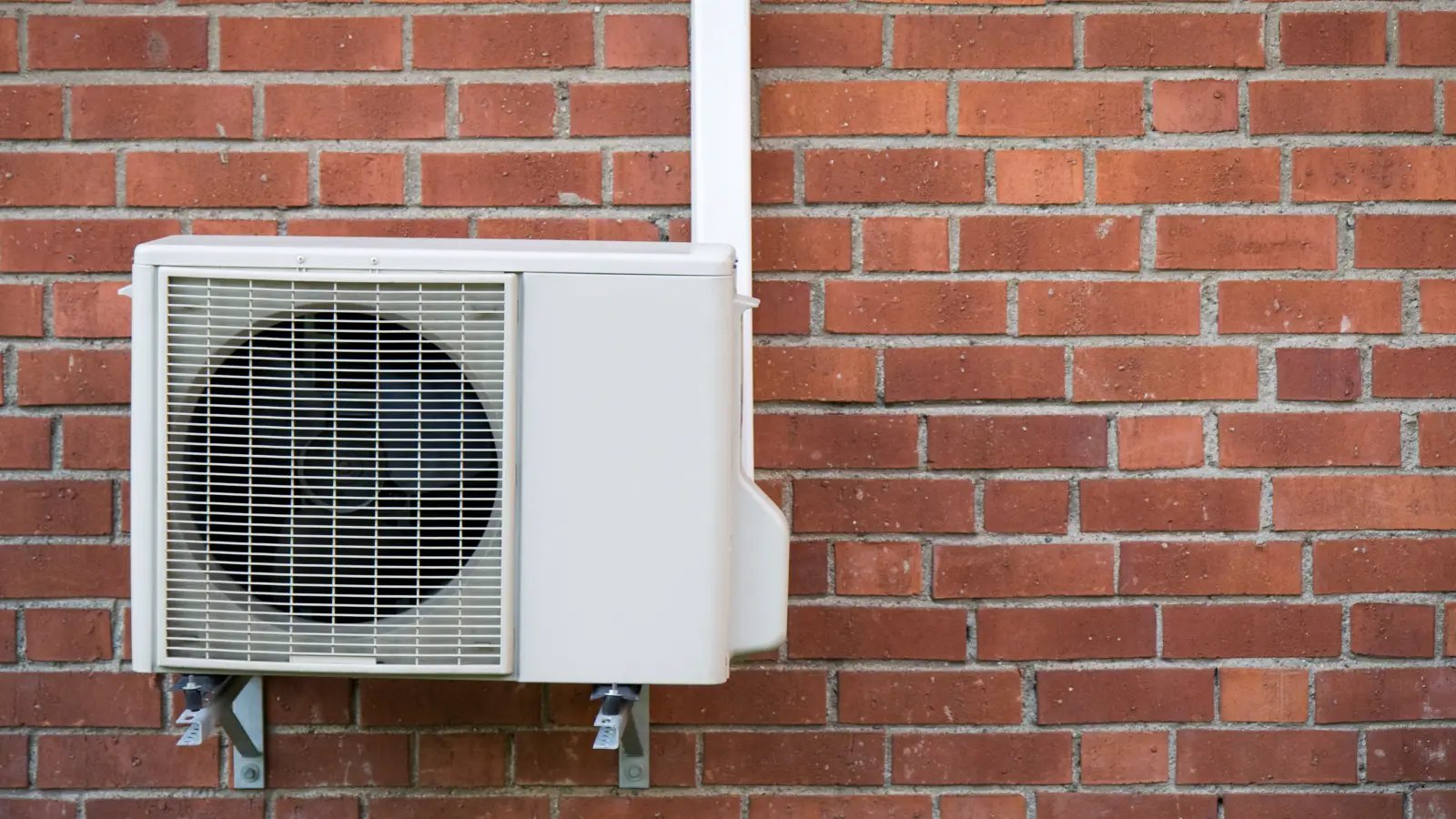Wolseley PRO Pipeline Blog
Become a dependable contractor who is sufficient in serving their clients with the best potential products and services when installing heat in their homes. Be able to assess which systems are necessary for your select application, warranties and maintenance, and durable brands.
An Ideal Heating System for the Geographic Location
In determining the right heating system for your customers’ homes, here are a few tips for you to help you get started. Before anything, consider the geographical location and resources. For example, on the East coast, there is not a lot of natural gas or furnaces because of bedrock, so drilling into the ground isn’t viable to access gas lines in certain areas. In this case, ductless units as a heating source are more common for the current circumstances. This idea is also good for older homes with hydraulic radiator systems without ductwork.
As you get into Ontario and the West Coast, it is more furnace and natural gas driven, with British Columbia as more of a mixed bag with both ductless and forced air gas. The contractor must evaluate what the home looks like today and implement the best technology to last 15-20 years to align with the consumer's expectations and return on their investment. It’s important that you ask the end-user or homeowner questions about what is important to them to narrow down the scope of features and benefits to best review and consider their needs.

Do Heat Loss and Heat Gain Calculations
Contractors should always do a heat loss and heat gain calculation for a home to dictate the exact BTU values needed to heat and cool the home. It will also help size up the right piece of equipment needed. Sometimes contractors may replace an 80,000 BTU unit with another 80,000 unit, when the makeup of the home may require 60,000 BTUs or 100,000 BTUs instead. A calculation can be done with a laptop that’s brought to the home—, factoring in the age of the home, the building envelope, the number of windows, the direction of the home, etc. Help your customer save money by choosing the right BTU that is appropriate for their space.
Address Warranties and Maintenance Needs
At the end of the day, your customers want peace of mind. Selecting the best equipment that is reliable with a good reputation will provide that. Moreover, the right warranty supplies the necessary safety net that is needed. Equipment may be expensive to fix or replace, so they need to feel secure in their investment. Right out of the box, most manufacturers offer a minimum of 10-year parts warranties. However, some contractors and manufacturers offer an extended labour warranty that covers damage within that 10-year period. It typically comes with a flat fee per month when the equipment is installed. This also covers labour during that duration as well. If maintained correctly, a piece of equipment can last 15-20 years.
It’s also a great idea to give your customers a service contract. This can be either a monthly or yearly fee for the homeowner to pay that requires the contractor to come to check AC, heating, filter replacements, and do an overall check-up of the equipment. Sometimes, the equipment can cost the same as a car, so it deserves the same maintenance and attention. If maintained correctly, a piece of heating equipment can last 15-20 years.
Entry Level to Higher-End Residential Units
Every customer will have a different budget and a different set of needs, which range from entry-level units to higher-end units. Learn what the homeowners' price range is to eliminate and narrow down products, and work within their budget. The good news even for more modest selections in Canada is that you cannot buy a furnace that is anything less than 95% efficient.
Higher tiers are about 97-98%, which is not drastically more but does help service the homeowner a little better over time. If a homeowner simply wants to heat their home to be more comfortable, then entry levels are a viable option. You receive the minimum efficiency, and something called a single stage, which is one firing rate. Essentially, the furnace turns on and does its basic job. The ECM motor, which controls the speed that drives the airflow up and down is also present. The actual quality of the build is the same, and its features and benefits vary.
Higher-end models include two-stage variable speeds as opposed to one. When turned on, the two-stage variable speed fires to high heat to get the temperature up quickly, and then drops down to a lower heat to maintain temperature. In the end, this uses less gas. The variable speed motor also drives electrical levels up and down, switching between low cubic feet per minute (CFM) to lower CFM based on the respective requirements, ultimately saving electricity in the long run and reducing electrical costs.

Is Connectivity Necessary?
Innovations in wireless technology make it so that the air conditioner and furnace can communicate with each other through a thermostat. Some manufacturers have these systems included on the higher-end side. There are benefits to the customer in the sense that they can stay on top of their devices, but it also gives connectivity benefits to you as the contractor. If anything were to go wrong with the furnace, an alert can be sent to the customer and the contractor. A contractor can read the fault code given and update the system based on the resolution of the code from the manufacturer. When the contractor knows the error code prior to the visit, they can be prepared with the appropriate tools and understanding of what the problem is. While connectivity might be more of a cost upfront, it has the benefit of preparedness for you, which means a faster solution for the customer.
Heating Systems Available from Wolseley
Wolseley offers excellent brands of products for all jobs and budgets. On the entry-level side, KeepRite makes great affordable products. Being in the Canadian market for 30 years, they are well-established and extremely suitable for residential installations. The KeepRite brand is also a great choice for residential customers, as is Goodman. Brock is a dependable brand sold exclusively through Wolseley as well.
Ensure Customer Satisfaction With Your Installation
When it comes to making customers happy, showing them that you care about their distinct heating needs and their budget will set you apart from other contractors who might not dig as deep to get the answers. You can also help reassure them of your experience by having an idea about the number of installations you’ve done in the past year, and having your license on hand.
To stay up-to-date on plumbing and HVAC/R industry innovations, and to learn more about contractor business solutions, subscribe to our email list and become a Wolseley PRO. To learn about the latest products, training, and upcoming webinars for all Wolseley products, visit our Knowledge Hub.
Check out the hottest deals, events and Wolseley promotions by subscribing to our e- mail list today.







